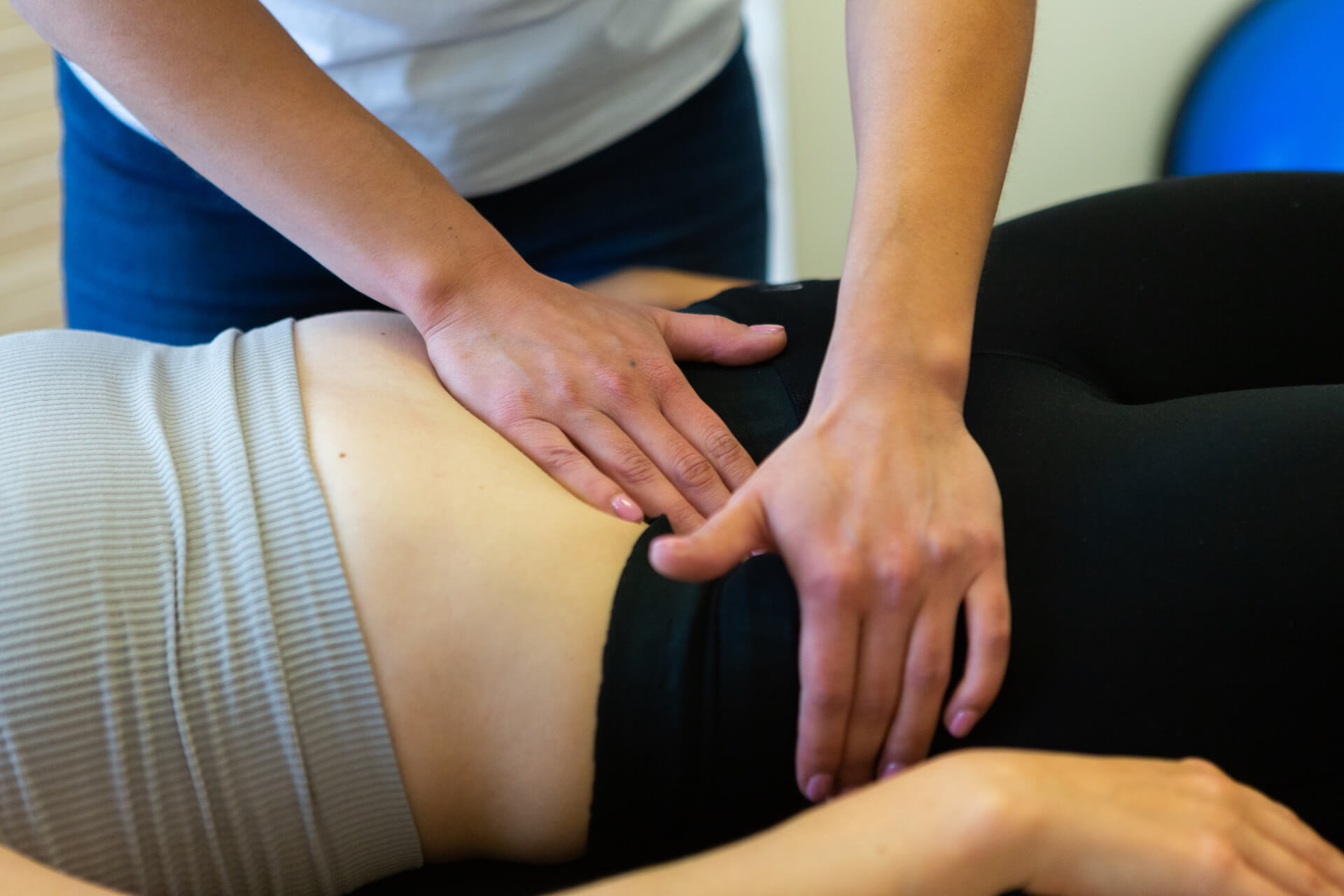
Endometriosis
Is an often-painful condition in which tissue that is similar to the inner lining of the uterus grows outside the uterus. It often affects the ovaries, fallopian tubes and the tissue lining the pelvis. Rarely but sometimes can happen, that endometriosis growths may be found in other areas beside pelvis.
It causes a chronic inflammatory reaction that may result in the formation of scar tissue (adhesions, fibrosis) within the pelvis and other parts of the body. Several lesion types have been described:
- superficial endometriosis found mainly on the pelvic peritoneum
- cystic ovarian endometriosis (endometrioma) found in the ovaries
- deep endometriosis found in the recto-vaginal septum, bladder, and bowel
- in rare cases, endometriosis has also been found outside the pelvis.
Symptoms
The main symptom of endometriosis is pelvic pain. It’s often linked with menstrual periods. Although many people have cramping during their periods, those with endometriosis often describe menstrual pain that’s far worse than usual. The pain also may become worse over time.
Common symptoms of endometriosis include:
- Painful periods. Pelvic pain and cramping may start before, during and after a menstrual period. You also may have lower back and stomach pain.
- Pain with sex. Pain during and/or after sex described as deep pain.
- Pain with bowel movements or urination. You’re most likely to have these symptoms before or during a menstrual period.
- Excessive bleeding or very little bleeding. Sometimes, you may have heavy menstrual periods or bleeding between periods.
- Menstruation blood color almost black with cloths
- Infertility
- Other symptoms. You may have fatigue, diarrhea, constipation, bloating or nausea. These symptoms are more common before or during menstrual periods.
The seriousness of your pain may not be a sign of the number or extent of endometriosis growths in your body. You could have a small amount of tissue with bad pain. Or you could have lots of endometriosis tissue with little or no pain.
Still, some people with endometriosis have no symptoms. Often, they find out they have the condition when they can’t get pregnant or after they get surgery for another reason.
For those with symptoms, endometriosis sometimes may seem like other conditions that can cause pelvic pain. These include pelvic inflammatory disease or ovarian cysts. Or it may be confused with irritable bowel syndrome (IBS), which causes bouts of diarrhea, constipation and stomach cramps. IBS also can happen along with endometriosis. This makes it harder for your health care team to find the exact cause of your symptoms.
Causes
Not clear yet. Possible theories:
- Retrograde menstruation. This is when menstrual blood flows back through the fallopian tubes and into the pelvic cavity instead of out of the body. The blood contains endometrial cells from the inner lining of the uterus. These cells may stick to the pelvic walls and surfaces of pelvic organs. There, they might grow and continue to thicken and bleed over the course of each menstrual cycle.
- Cellular metaplasia. When cells change from one form to another. Cells outside the uterus change into endometrial-like cells and start to grow. Stem cells can give rise to the disease, which then spreads through the body via blood and lymphatic vessels.
- Hormonal. Excess of estrogen might help transform cells that line the inner side of the abdomen or other cells outside uterus endometrium, into cells that are like those that line the inside of the uterus.
- Immune system condition. A problem with the immune system may make the body unable to recognize and destroy endometriosis tissue.
Challenges and priorities
- Endometriosis may seem like other conditions that can cause pelvic pain. These include pelvic inflammatory disease or ovarian cysts. Or it may be confused with irritable bowel syndrome (IBS), which causes bouts of diarrhea, constipation and stomach cramps.
- The general public and most front-line healthcare providers are not aware that distressing and life-altering pelvic pain is not normal, leading to a normalization and stigmatization of symptoms and significant diagnostic delay.
- Lack of tools to screen and accurately predict endometriosis. USG or MRI done in a wrong way won’t show the whole picture. Lack of palpation skills amongst gynecologists.
What to do?
- Train body awareness, mind and body connection
- Lower stress
- Exercise in a right way
- Right diet to lower inflammation
- Right supplementation
- Right hygiene of sleep
- Seek help from a psychologist
- Seek help from an OSTEOPATH who is ALSO performing internal vaginal techniques
In OsteoMedica our osteopaths Aleksandra Zegalski and Deborah Tassi perform pelvic floor evaluation and internal gynecological techniques.


